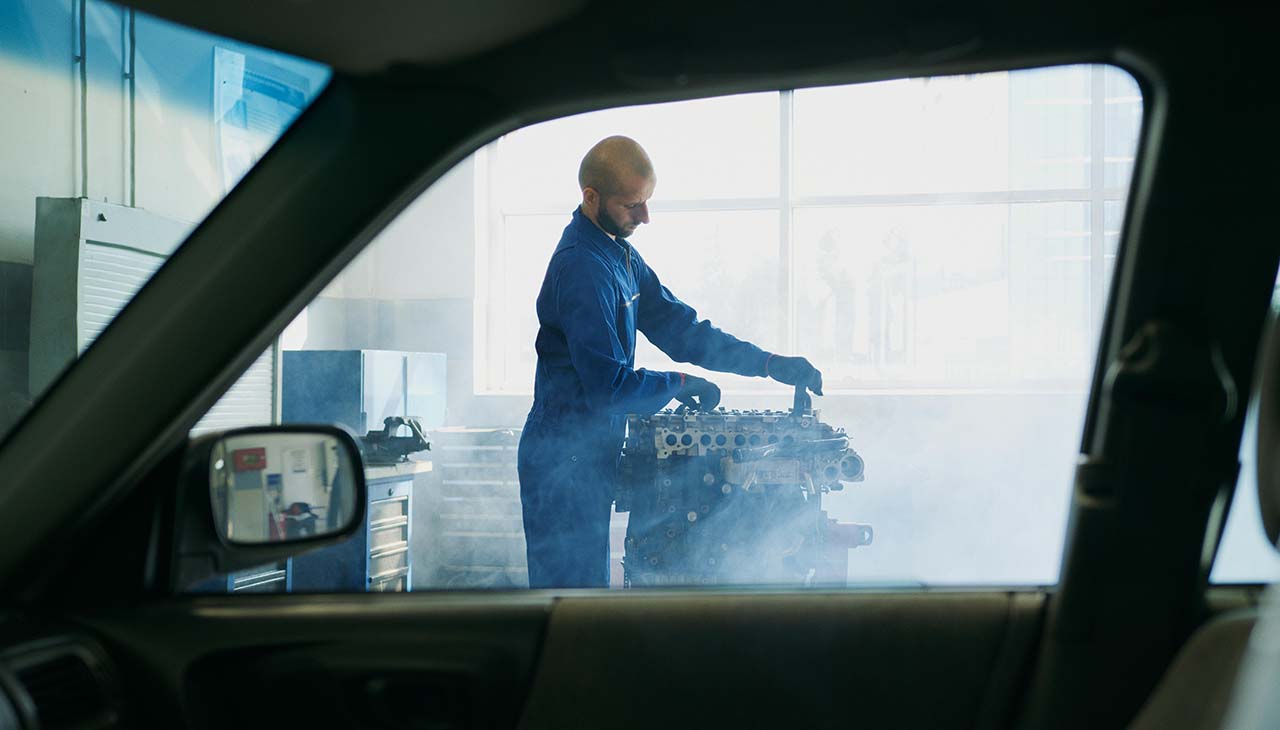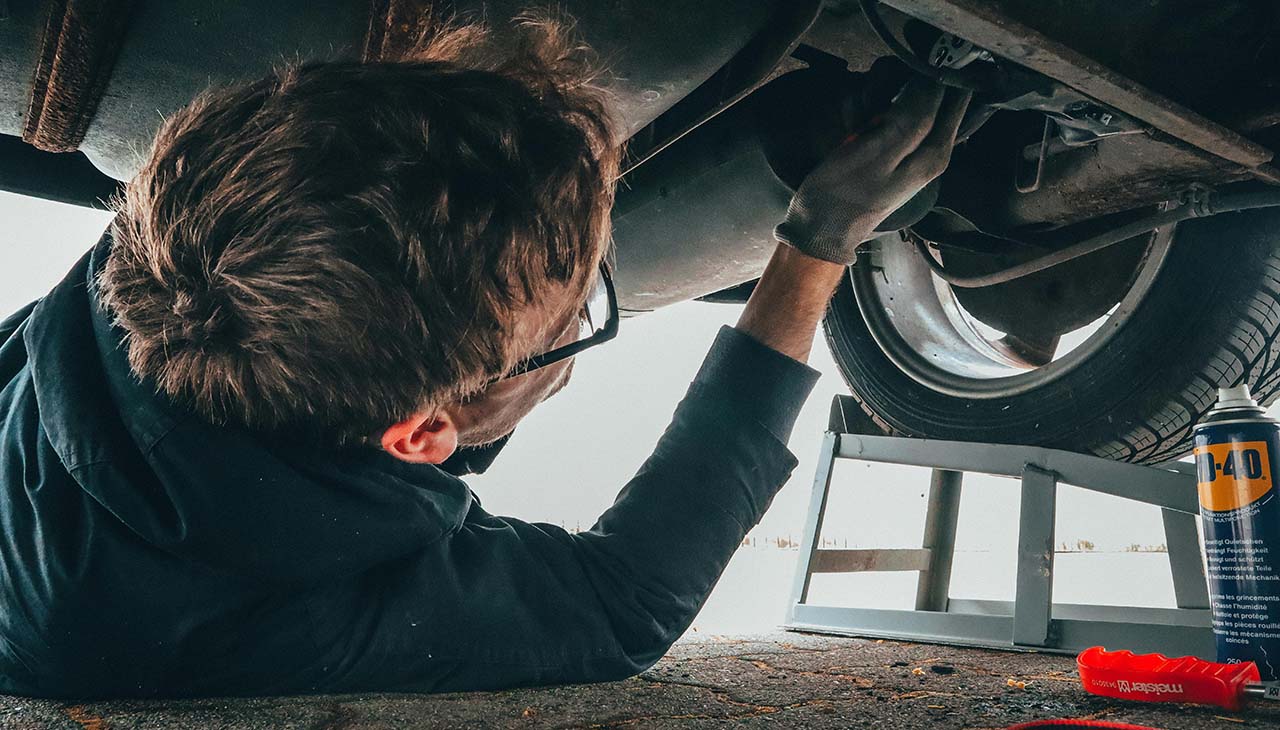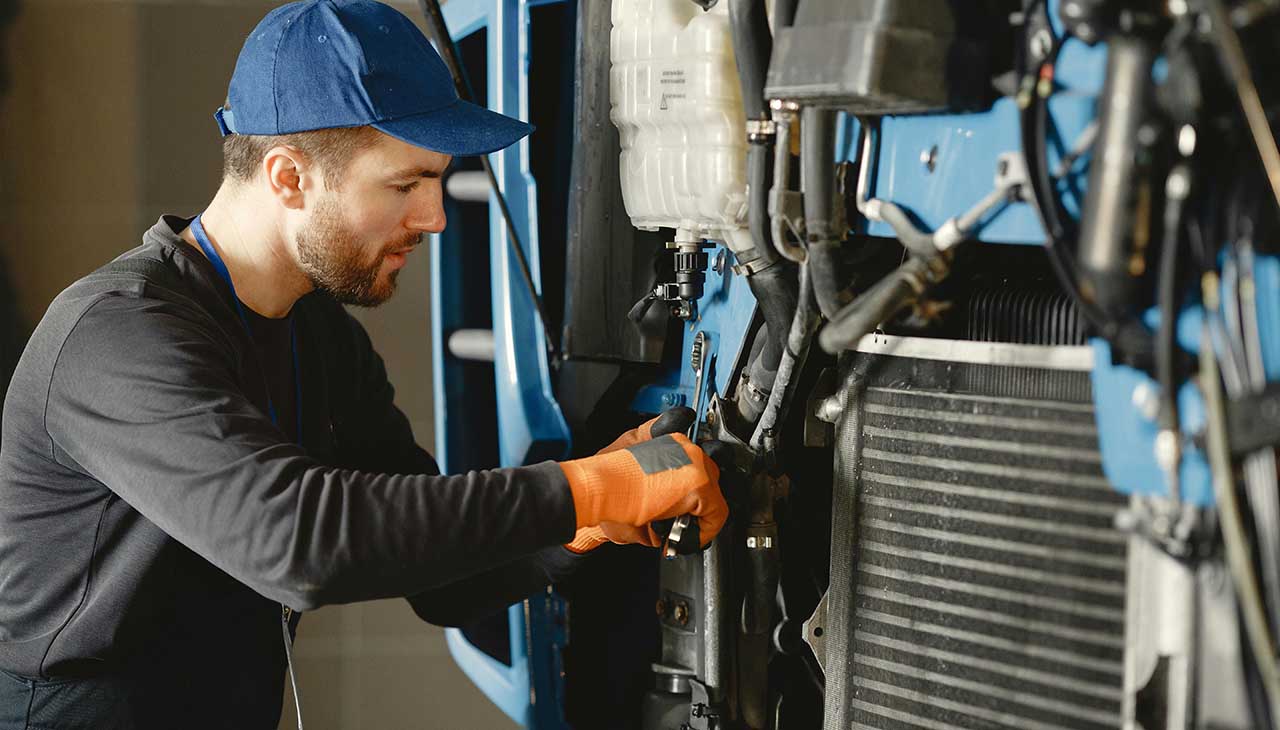The automotive industry has long been associated with environmental concerns, from the emissions of gas-guzzling vehicles to the waste generated by car manufacturing and disposal. However, a growing movement toward sustainability is transforming car salvage and restoration practices, making them more eco-friendly. This blog post delves into the importance of these practices, the environmental impact, innovative technologies, case studies, and practical tips for supporting eco-friendly car salvage and restoration.
Introduction to the Importance of Eco-Friendly Practices in the Automotive Industry
As we become increasingly aware of our environmental footprint, the automotive industry is under significant pressure to adopt sustainable practices. Traditional car manufacturing and disposal methods contribute to pollution, resource depletion, and waste. Eco-friendly practices in car salvage and restoration not only mitigate these adverse effects but also promote the reuse and recycling of materials, reducing the need for new resources.
In this context, car salvage and restoration offer a unique opportunity to extend the life of existing vehicles, minimize waste, and reduce environmental impact. By focusing on sustainability, we can enjoy the benefits of owning and driving classic or older cars without compromising our commitment to the planet.
The Environmental Impact of Car Salvage and Restoration
Car salvage and restoration have the potential to significantly reduce the environmental impact associated with the automotive industry. Here are some key areas where eco-friendly practices make a difference:
Resource Conservation
Salvaging and restoring cars involve reusing many components, which reduces the demand for new materials. This conservation of resources helps to preserve natural habitats and reduce the environmental damage caused by mining and manufacturing processes.
Waste Reduction
Traditional car disposal methods generate significant waste, including metals, plastics, and hazardous materials. Eco-friendly salvage and restoration practices focus on recycling and repurposing these materials, diverting them from landfills and reducing overall waste.
Energy Savings
Manufacturing new car parts requires substantial energy input. By reusing and restoring existing components, we can save energy and reduce greenhouse gas emissions associated with production processes.
Pollution Prevention
Eco-friendly car restoration often involves the use of non-toxic paints, adhesives, and cleaners, which help reduce air and water pollution. Additionally, proper handling and disposal of hazardous materials during the salvage process prevent environmental contamination.
Innovative Eco-Friendly Technologies and Materials Used in the Process
Advancements in technology and materials are making it easier than ever to adopt eco-friendly practices in car salvage and restoration. Here are some innovative solutions gaining traction in the industry:
Sustainable Materials
- Recycled Metals: Using recycled metals for car parts reduces the need for new mining and lowers the energy consumption associated with metal production.
- Eco-Friendly Paints: Waterborne and low-VOC (volatile organic compounds) paints are less harmful to the environment and human health compared to traditional solvent-based paints.
- Bio-Based Composites: Materials made from renewable resources, such as natural fibers and bio-resins, offer sustainable alternatives to traditional plastics and composites.
Green Technologies
- 3D Printing: This technology allows for the precise creation of car parts using recycled materials, minimizing waste and reducing the need for mass production.
- Electric and Hybrid Powertrains: Converting classic cars to electric or hybrid powertrains can significantly reduce emissions and improve fuel efficiency.
- Eco-Friendly Cleaning Products: Biodegradable and non-toxic cleaners help minimize environmental impact during the restoration process.
Case Studies on Successful Eco-Friendly Car Restoration Projects
To illustrate the potential of eco-friendly practices in car salvage and restoration, let’s explore a few inspiring case studies:
The Green Mustang Project
A team of car enthusiasts restored a classic Ford Mustang using sustainable materials and technologies. They utilized recycled metals for bodywork, waterborne paints for finishing, and retrofitted the car with an electric powertrain. The result was a stunning, environmentally-friendly vehicle that maintained the charm and appeal of the original model.
The Eco-Bug
An eco-conscious car enthusiast transformed a vintage Volkswagen Beetle into a green machine by incorporating bio-based composites, eco-friendly paints, and an electric drivetrain. The project not only preserved the iconic design of the Beetle but also showcased the potential for sustainable car restoration.
The Tesla Classic
A restoration shop specializing in electric vehicle conversions took on the challenge of converting a classic Porsche 911 into an all-electric sports car. By using recycled materials, eco-friendly technologies, and state-of-the-art batteries, they created a high-performance vehicle that demonstrated the potential of combining classic design with modern, sustainable engineering.
Practical Tips for Individuals on How to Support Eco-Friendly Practices in Car Salvage and Restoration
If you’re interested in supporting eco-friendly practices in car salvage and restoration, here are some practical tips to get you started:
Choose Sustainable Materials
When restoring a car, opt for recycled metals, eco-friendly paints, and bio-based composites. These materials not only reduce environmental impact but also often provide superior performance and durability.
Embrace Green Technologies
Consider converting your classic car to an electric or hybrid powertrain. This can significantly reduce emissions and improve fuel efficiency. Additionally, explore the use of 3D printing for creating custom parts with minimal waste.
Support Eco-Friendly Businesses
Choose restoration shops and salvage yards that prioritize sustainability. By supporting these businesses, you help promote eco-friendly practices within the industry and encourage others to adopt similar approaches.
Proper Disposal of Hazardous Materials
Ensure that any hazardous materials, such as old batteries, fluids, and paints, are disposed of properly. Many communities have designated recycling centers and disposal programs for these items.
Educate Yourself and Others
Stay informed about the latest advancements in eco-friendly car salvage and restoration practices. Share your knowledge with fellow car enthusiasts and encourage them to adopt sustainable practices in their projects.
Conclusion: Join the Movement Towards Eco-Friendly Car Salvage and Restoration
Eco-friendly practices in car salvage and restoration are not only beneficial for the environment but also offer exciting opportunities for car enthusiasts and sustainability advocates alike. By embracing sustainable materials, innovative technologies, and responsible practices, we can reduce the environmental impact of the automotive industry and enjoy the beauty and performance of restored vehicles for years to come.
As more individuals and businesses adopt eco-friendly approaches, the movement towards sustainable car salvage and restoration will continue to grow. Together, we can drive positive change and pave the way for a greener, more sustainable future.
Join us on this journey towards eco-conscious car restoration and salvage. Let’s work together to preserve the planet while celebrating our passion for automobiles.



